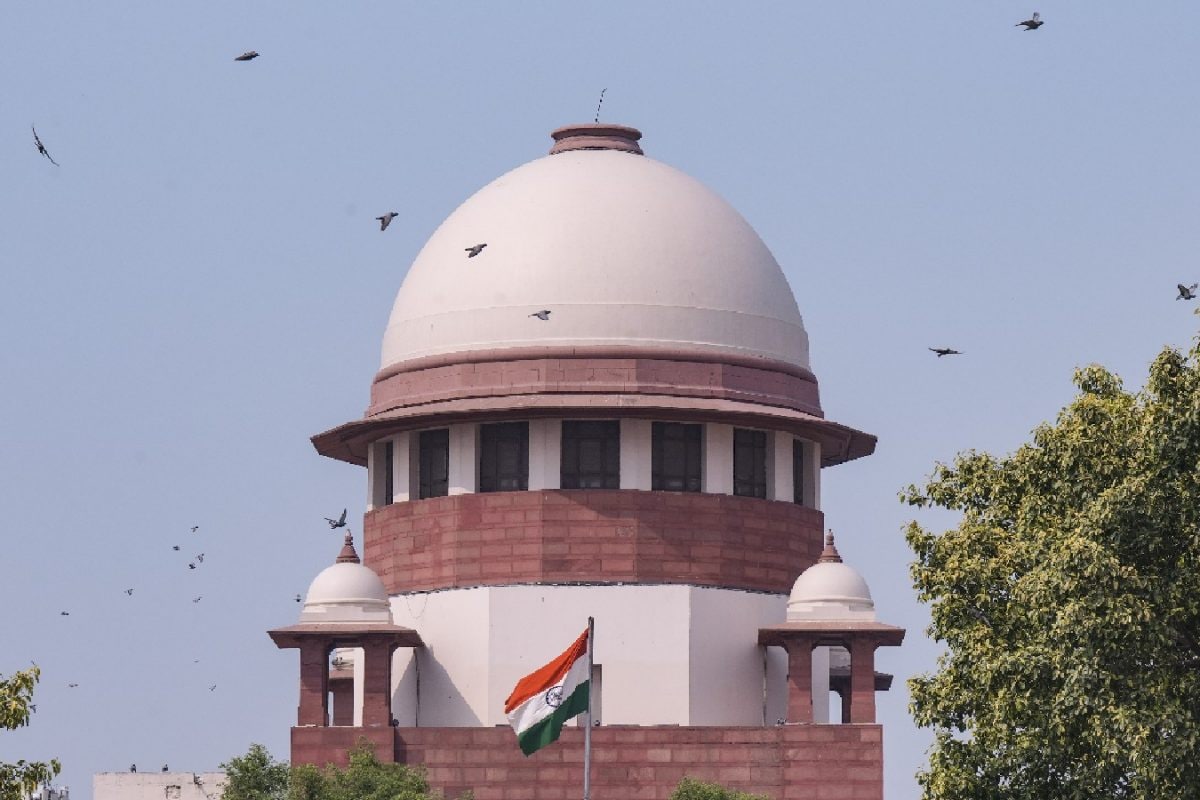

The Supreme Court has recently delivered a strong message emphasizing the paramount importance of upholding the rule of law in the Delhi Ridge contempt case. The case, which involves the illegal felling of trees in a protected area, has drawn considerable attention due to its environmental implications and the alleged involvement of high-ranking officials.
The genesis of the case lies in the Delhi Development Authority's (DDA) decision to cut trees in the Delhi Ridge area, an extension of the Aravalli Hill range and a vital green space for the city. The DDA claimed the tree felling was necessary to widen a road leading to the Central Armed Police Forces Institute of Medical Sciences (CAPFIMS), a hospital intended to serve paramilitary personnel. However, the Supreme Court's prior approval was not sought before commencing the tree felling, leading to contempt proceedings.
The court has taken a stern view of the matter, highlighting that the felling of trees began even before the DDA applied for permission, and that this crucial information was suppressed from the court when permission was sought. The court also expressed concern over the discrepancy in the number of trees felled, with the Forest Survey of India reporting a significantly higher figure than the DDA's claim.
During the proceedings, the Supreme Court has questioned the rationale behind the road widening project, particularly whether it was primarily intended to benefit the paramilitary hospital or to serve the interests of affluent individuals residing in the area. The court has also sought a list of "affluent persons" who would benefit from the project, indicating its concern about potential misuse of power and disregard for environmental regulations.
Several key developments have marked the case. The Supreme Court had directed Lieutenant Governor (LG) V.K. Saxena, in his capacity as the DDA chairperson, to file a personal affidavit explaining the actions taken to fix responsibility for the illegal tree felling. The court also inquired whether disciplinary proceedings and criminal action would be initiated against the responsible officials. Furthermore, the court has considered measures to prevent future illegal tree felling in the city's green areas, including a proposal for the DDA to plant a significantly larger number of trees as compensation for the environmental damage caused.
In a recent hearing, the DDA admitted to committing contempt by allowing the felling of trees without the court's approval. The DDA offered to plant 70,000 trees to compensate for the damage, but the petitioner in the case argued that responsibility must be fixed for the wrongdoing. The court has acknowledged that all authorities, including the Chief Minister and the LG, appeared to have acted in violation of the law regarding the procedure for cutting trees.
The Supreme Court has emphasized the importance of upholding the rule of law and protecting the environment, particularly in ecologically sensitive zones like the Delhi Ridge. The court's remarks underscore the principle that no individual or institution is above the law, and that any action with potential ecological consequences must be carried out with transparency and accountability.
In a recent ruling, the Supreme Court held DDA officials guilty of contempt for felling trees in the Delhi Ridge area without the Court's permission for a road widening project. The court imposed an environmental fee of Rs. 25,000 each on other officials. Furthermore, the Court directed that every notification or order regarding afforestation, road construction, tree felling or any activity with potential ecological effect must explicitly mention the pendency of the relevant proceedings before the Court.